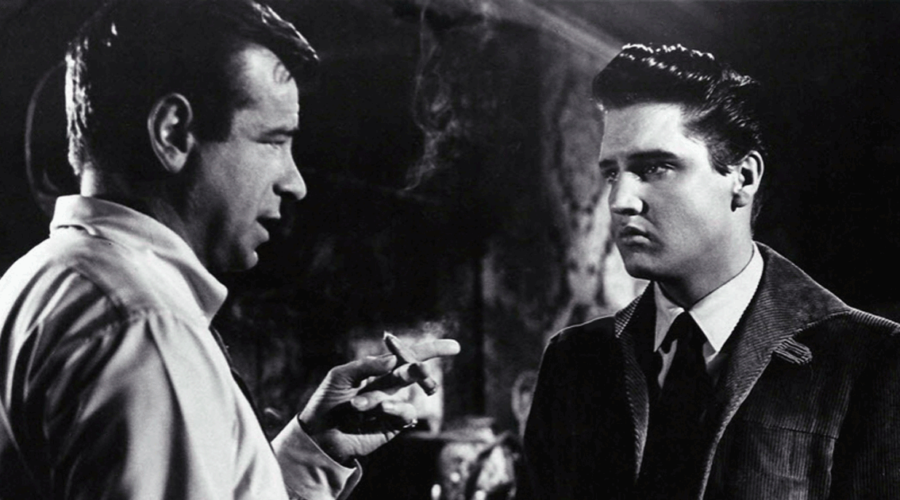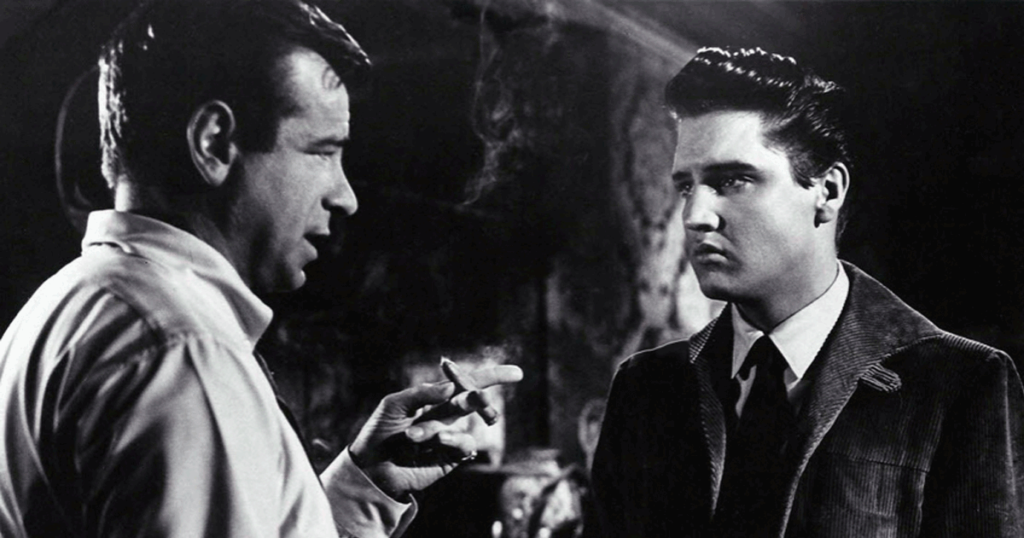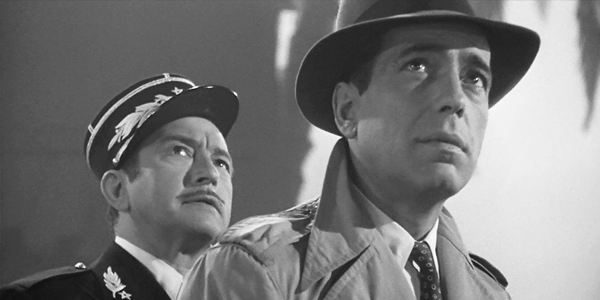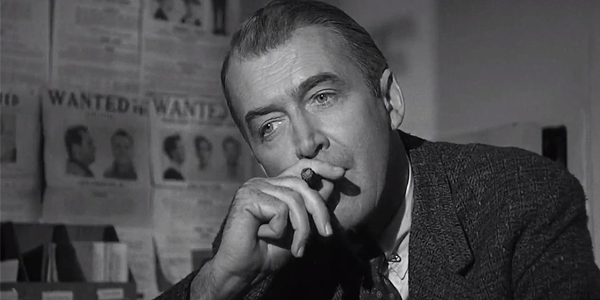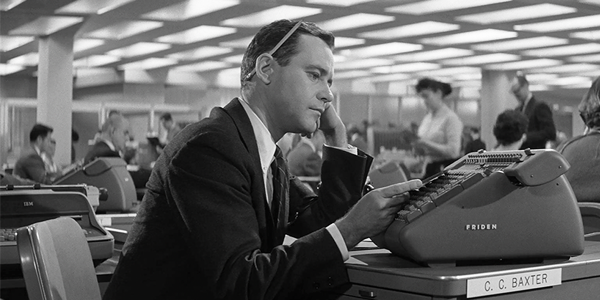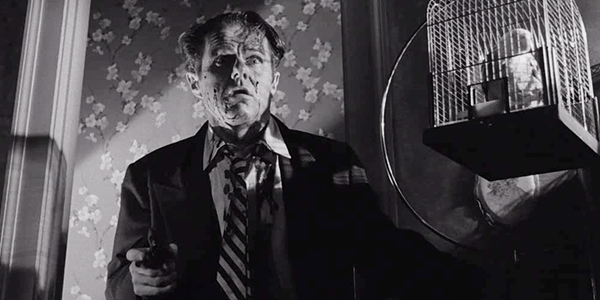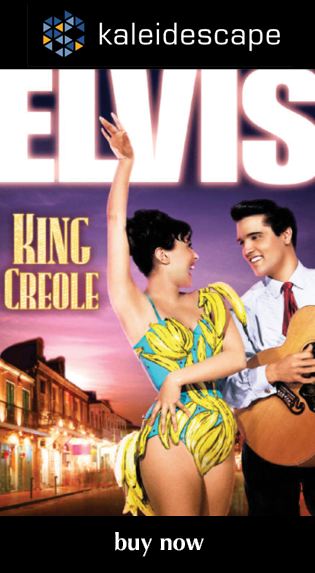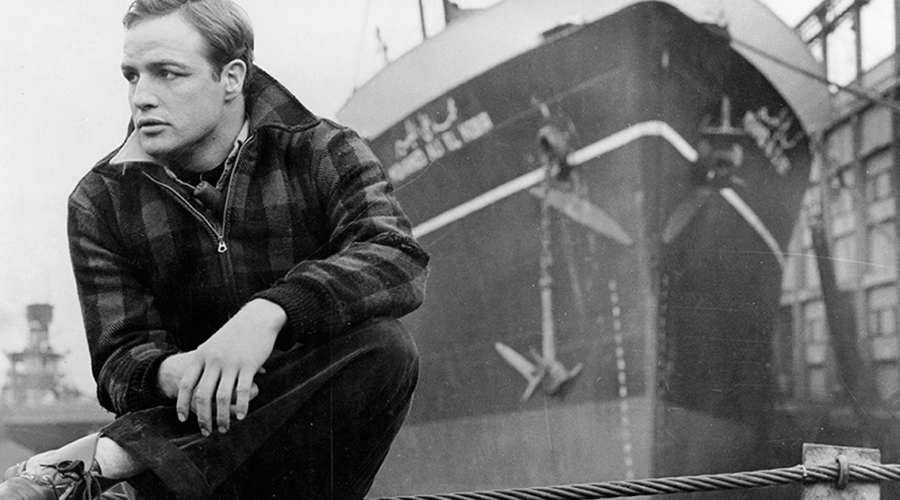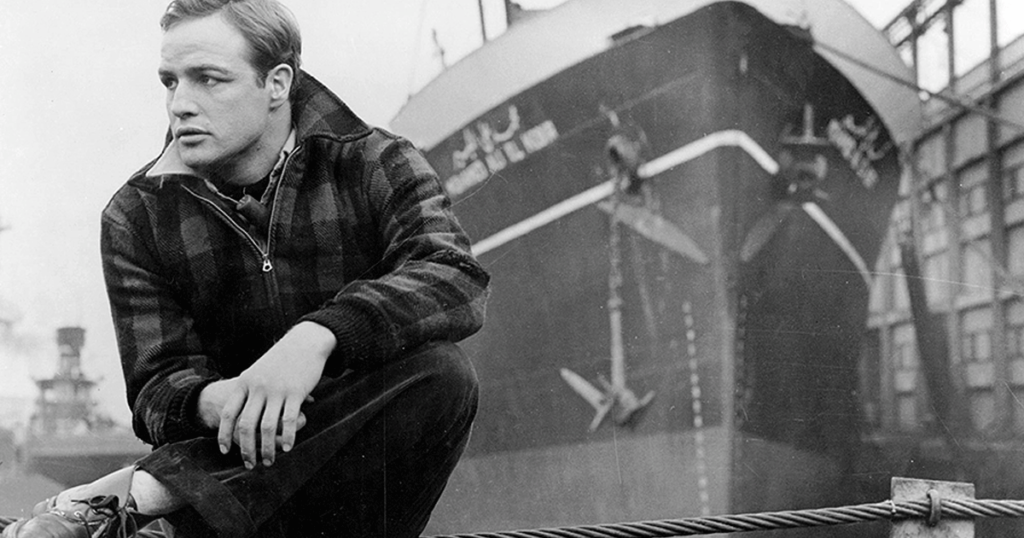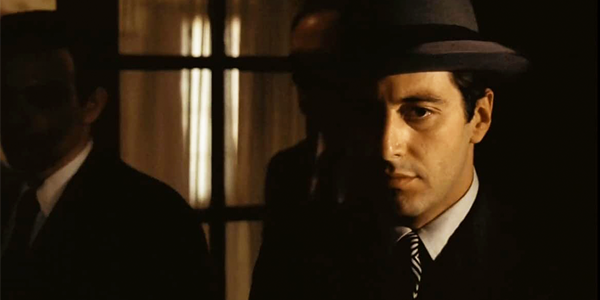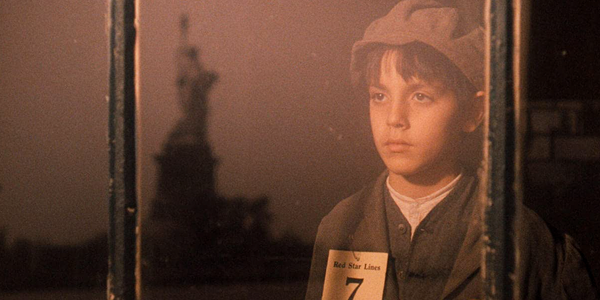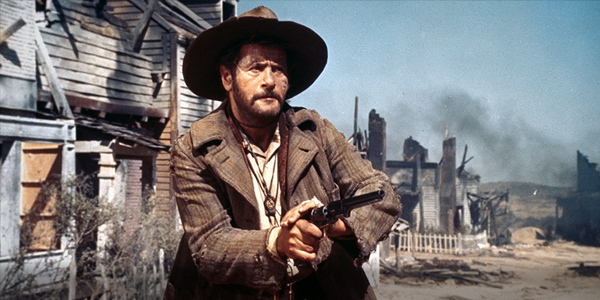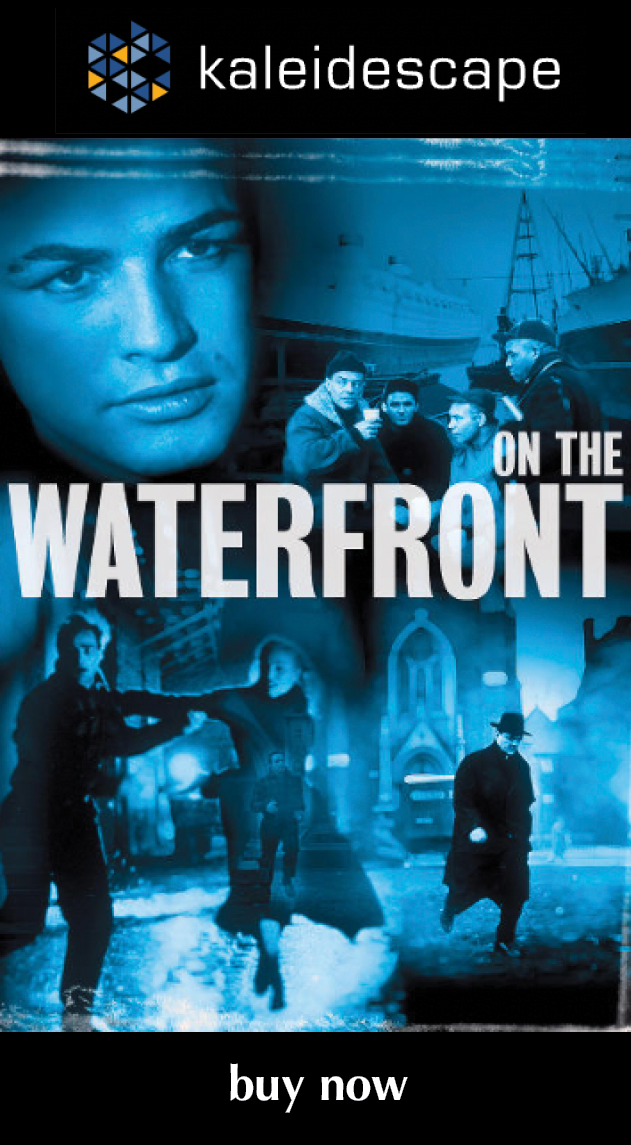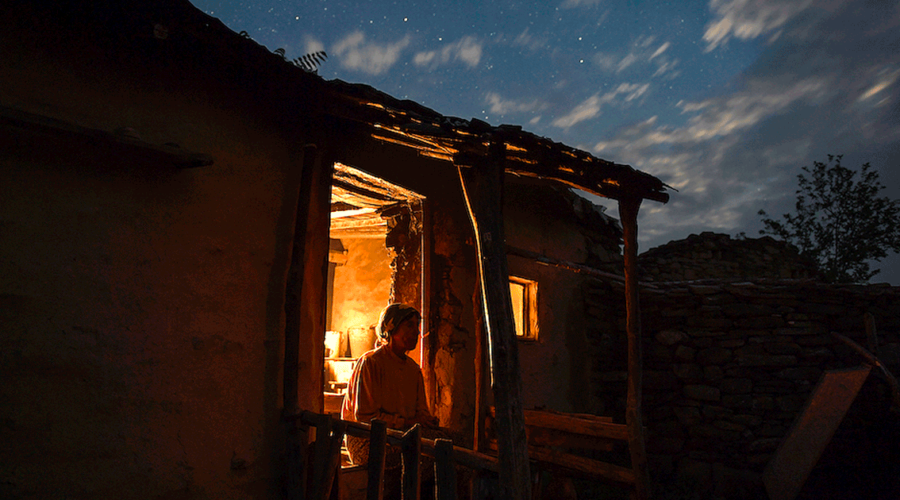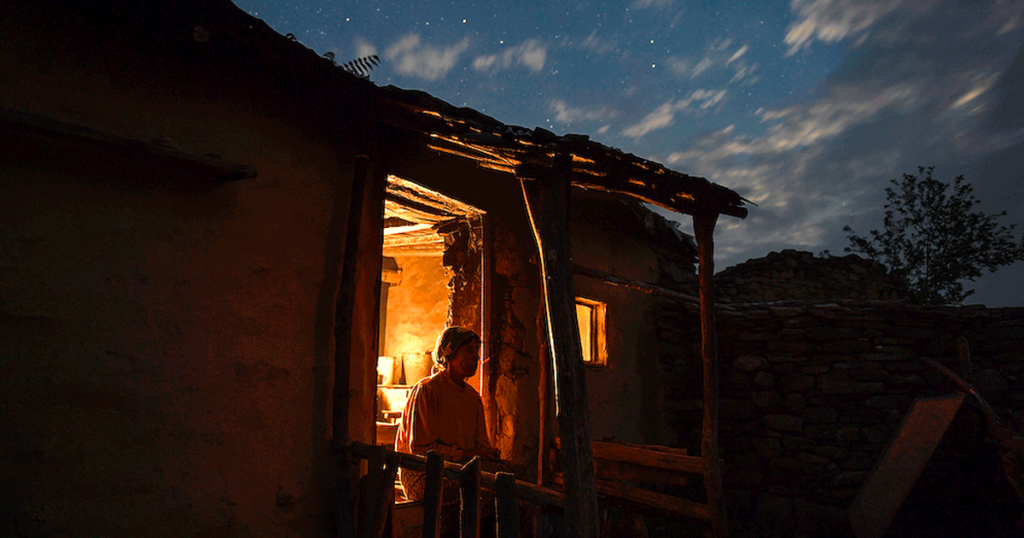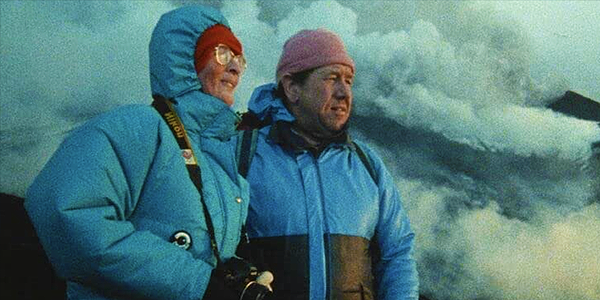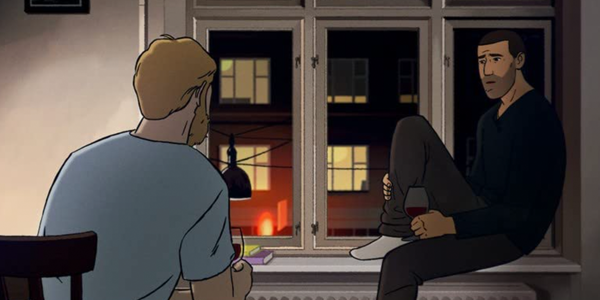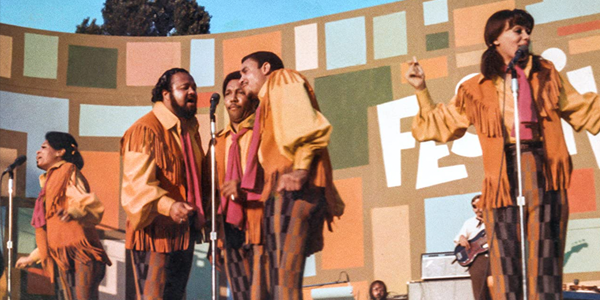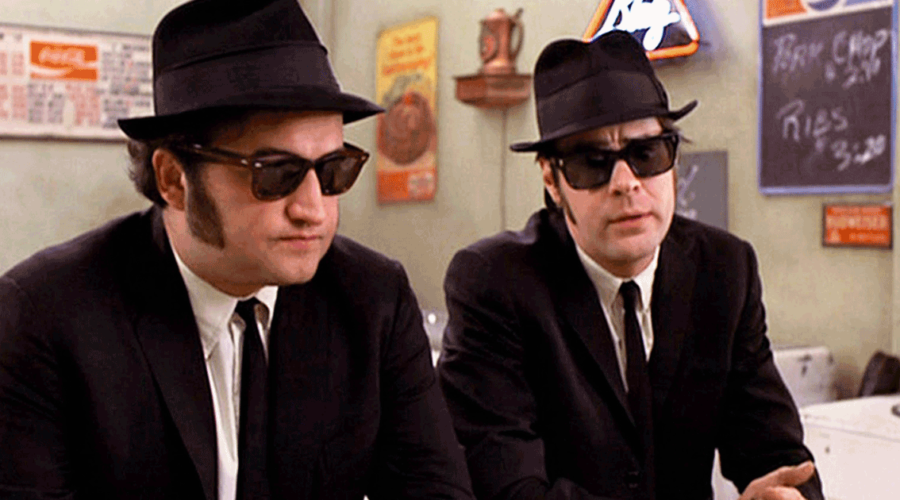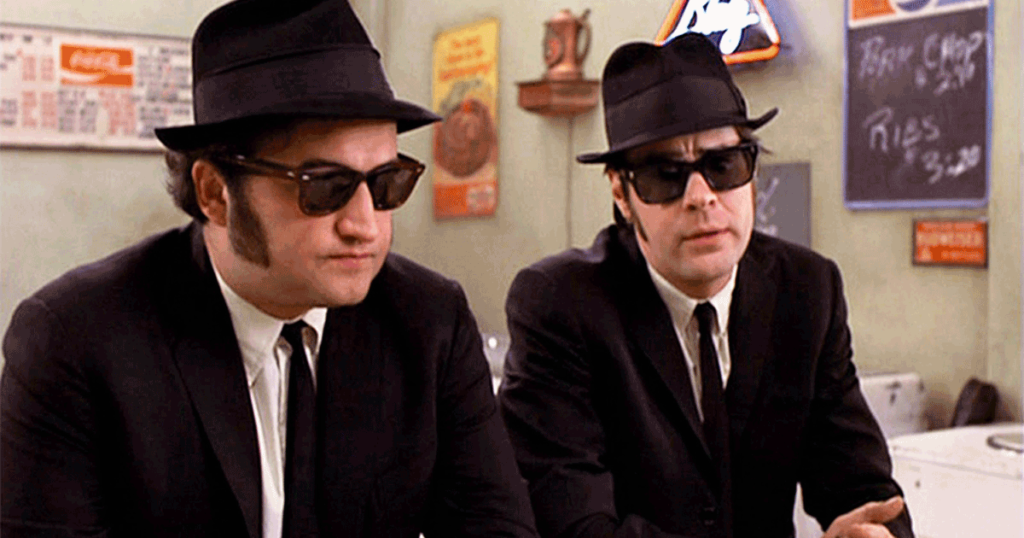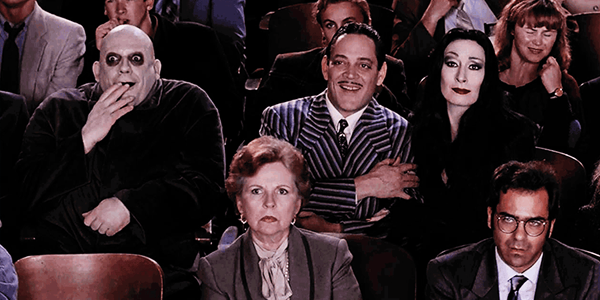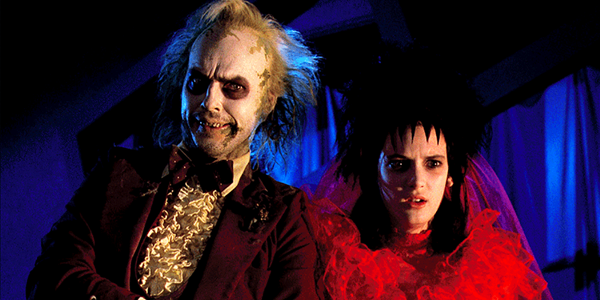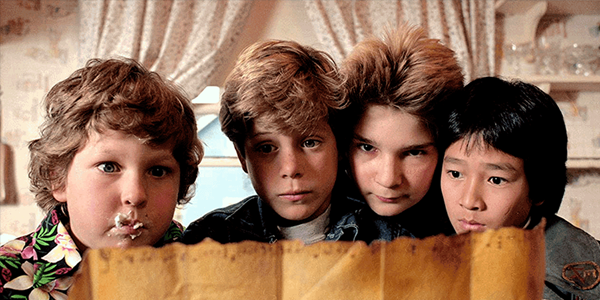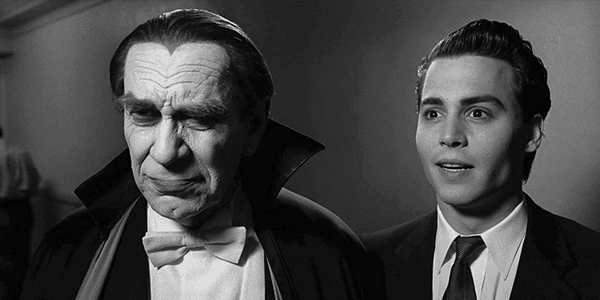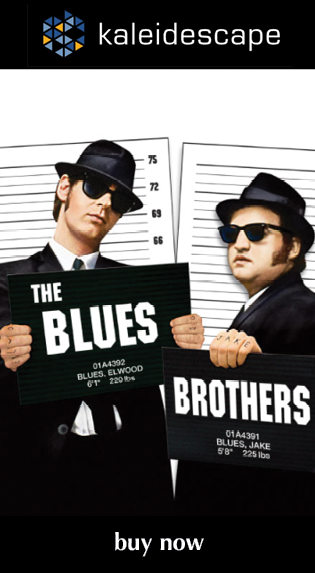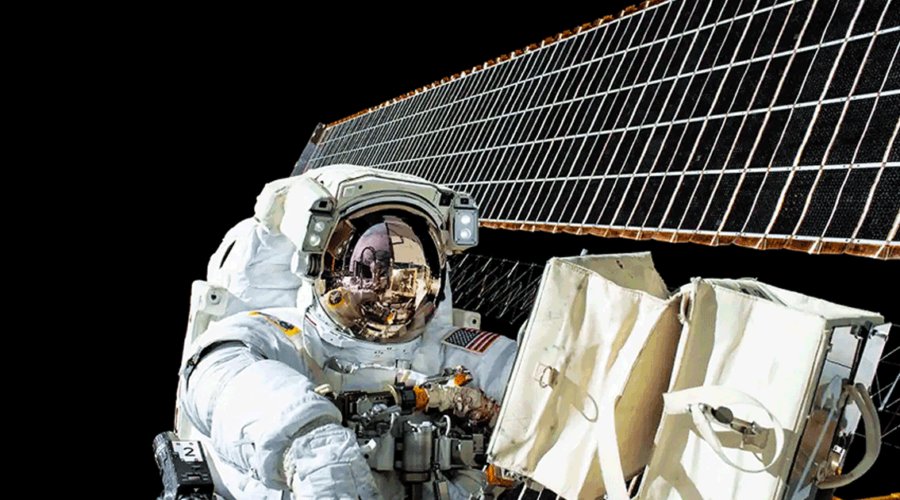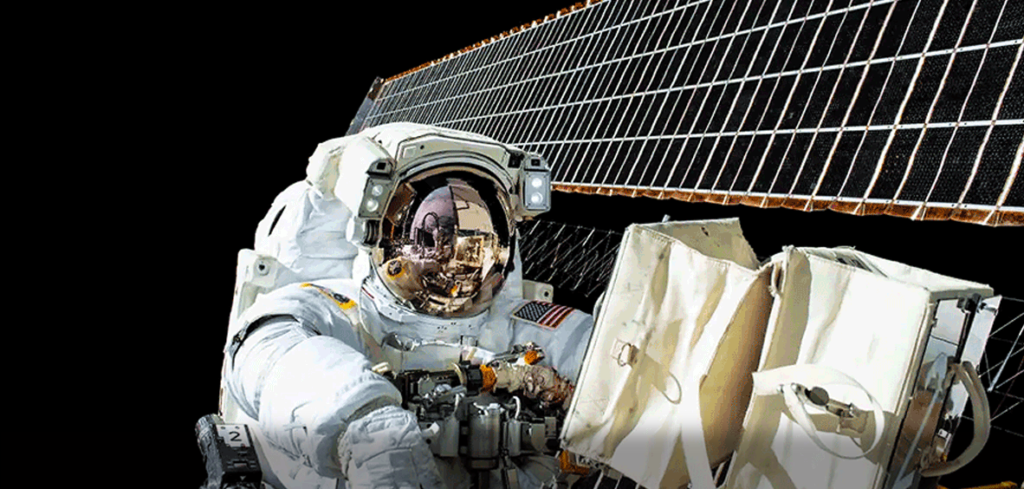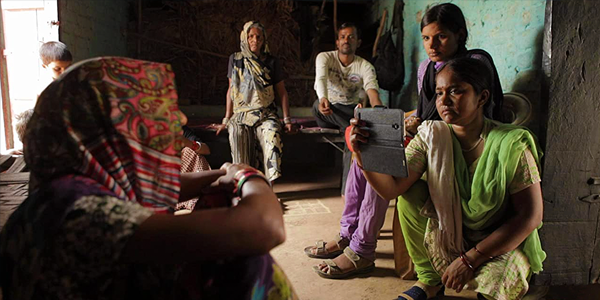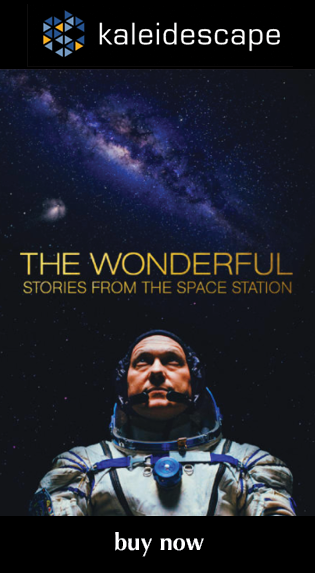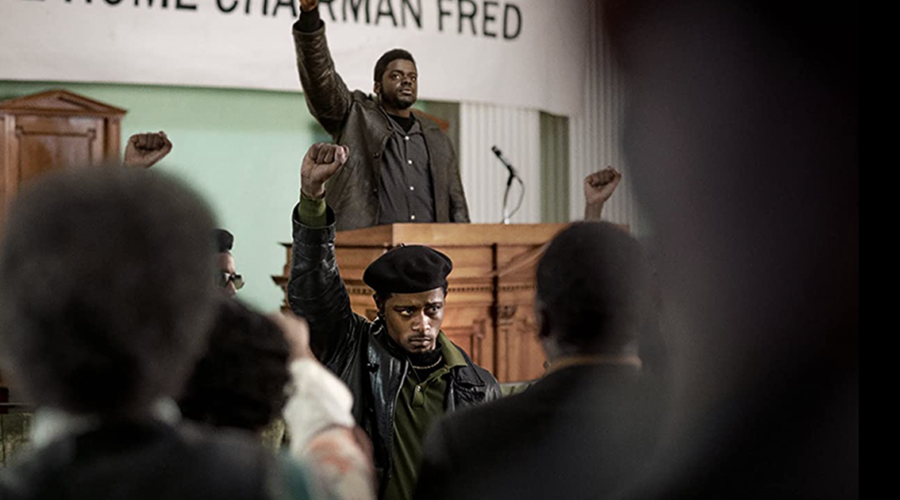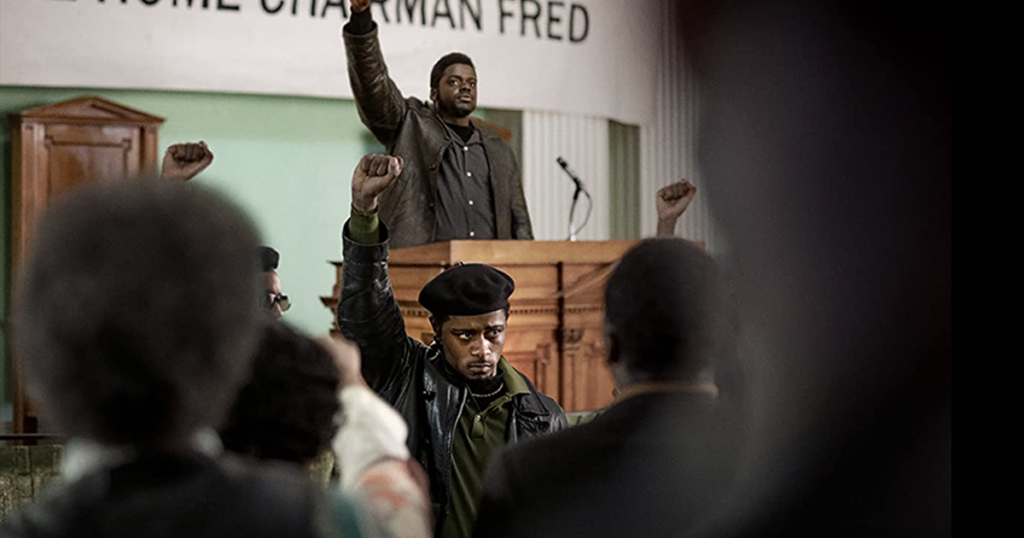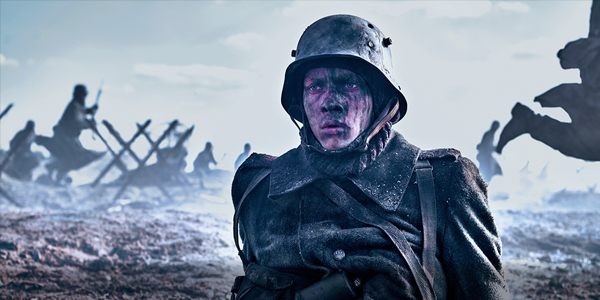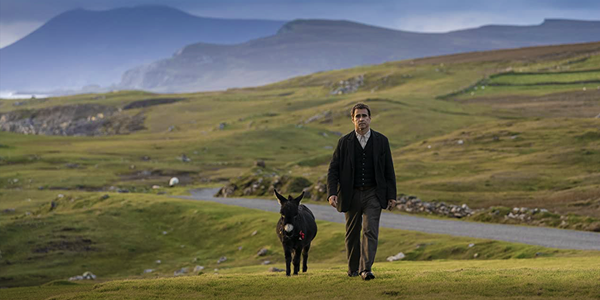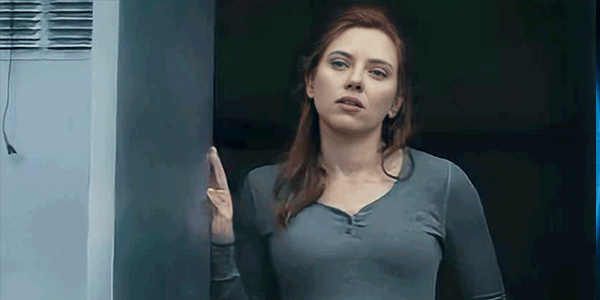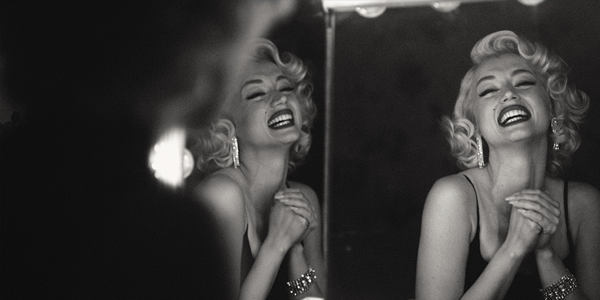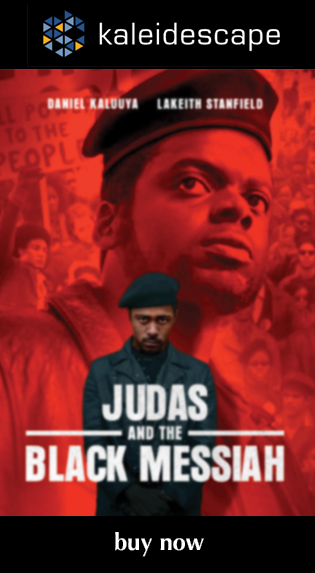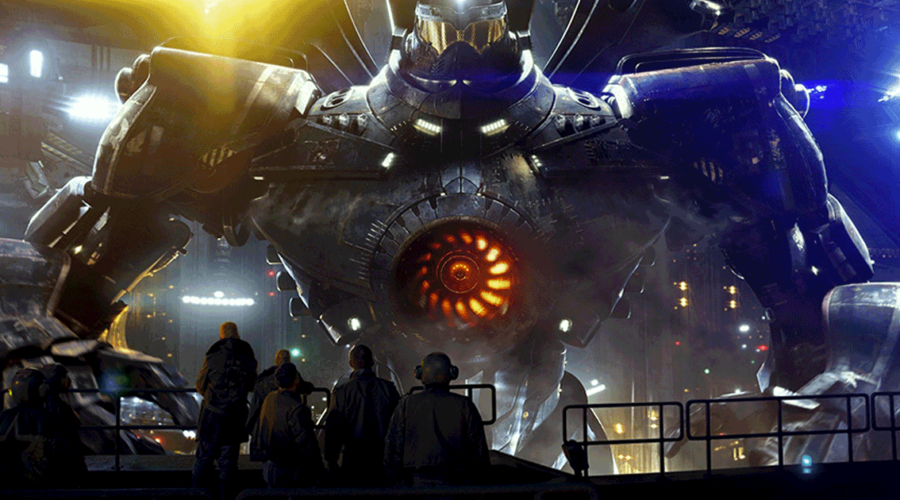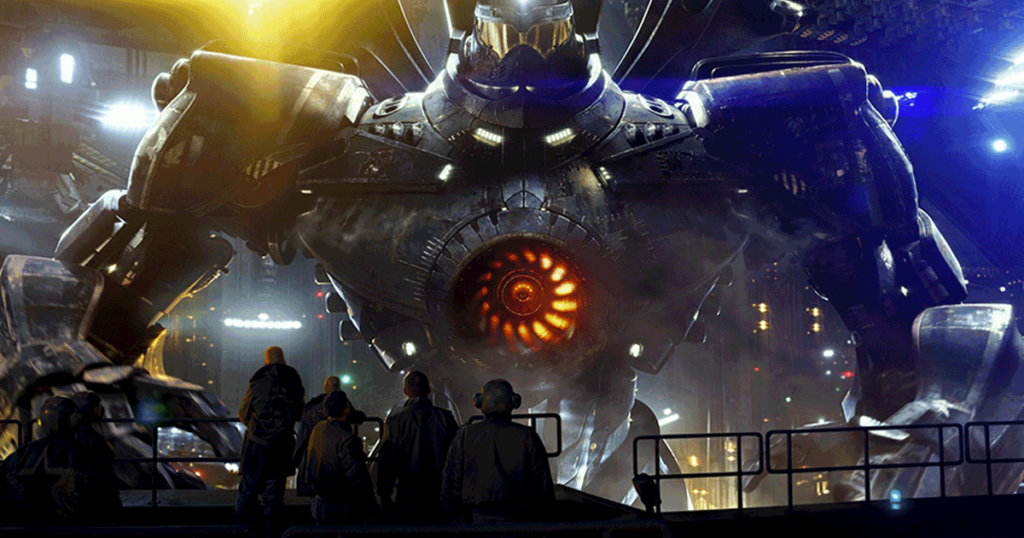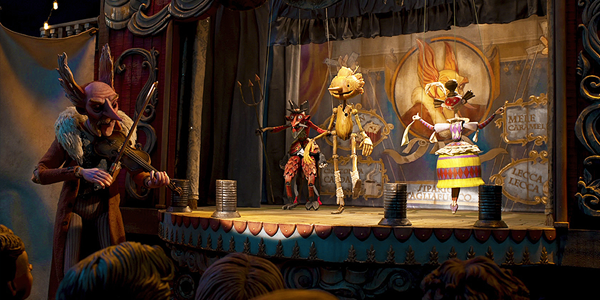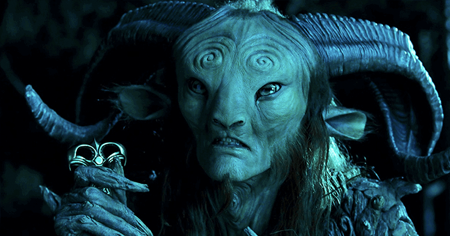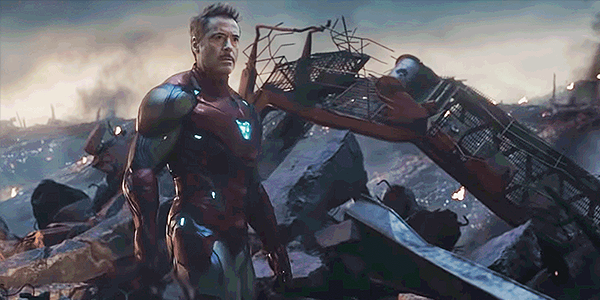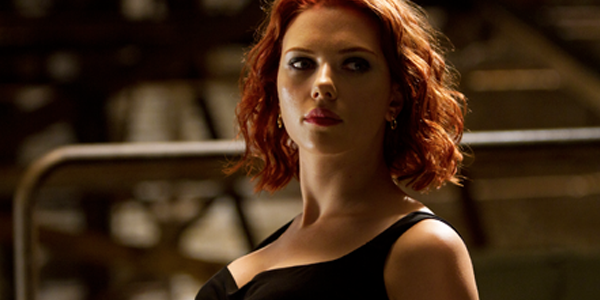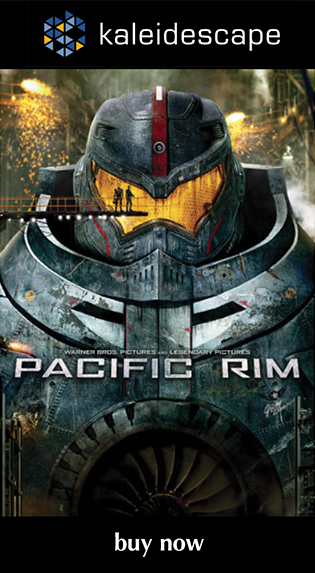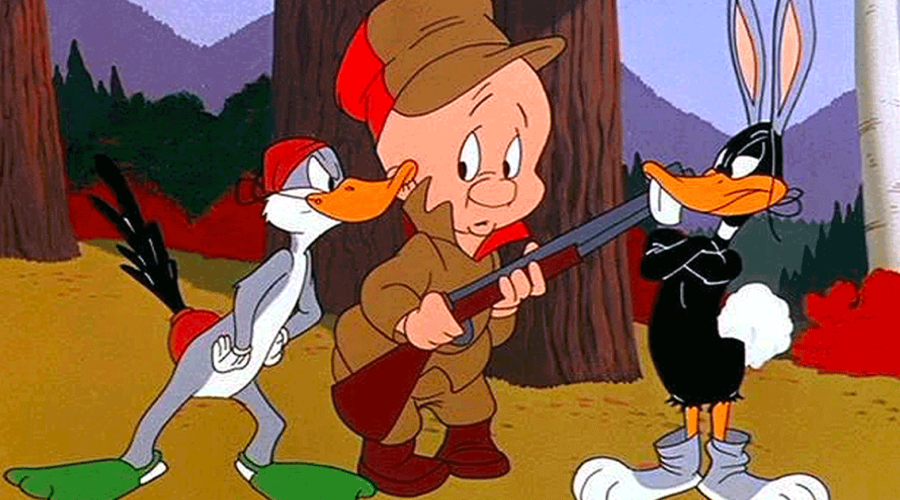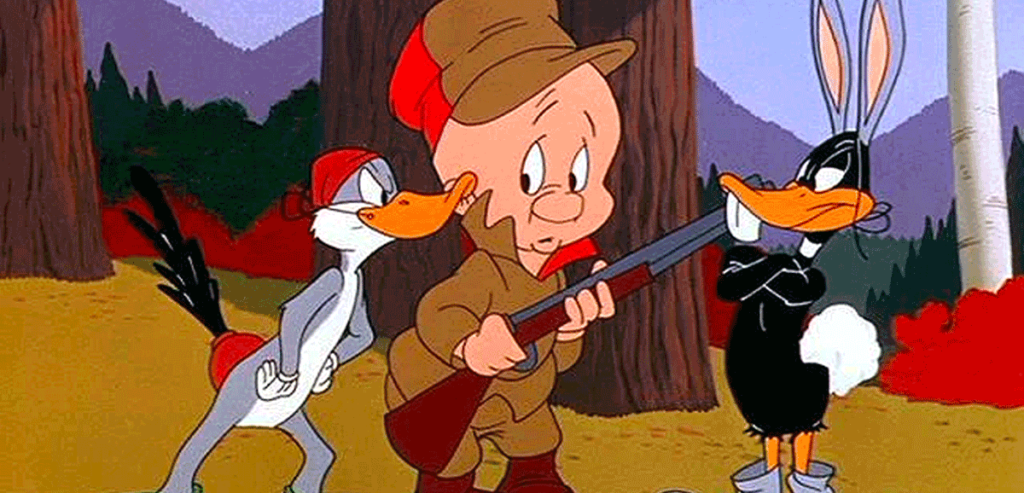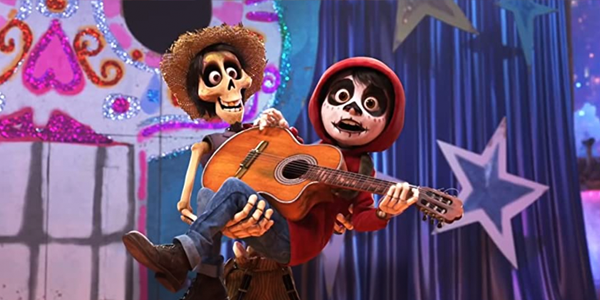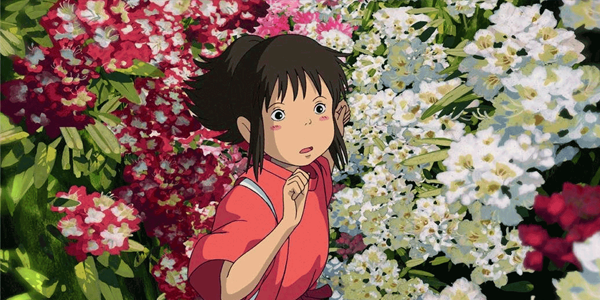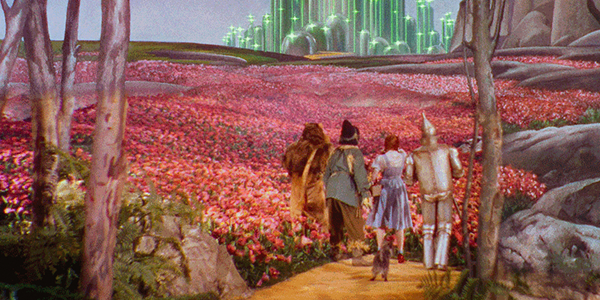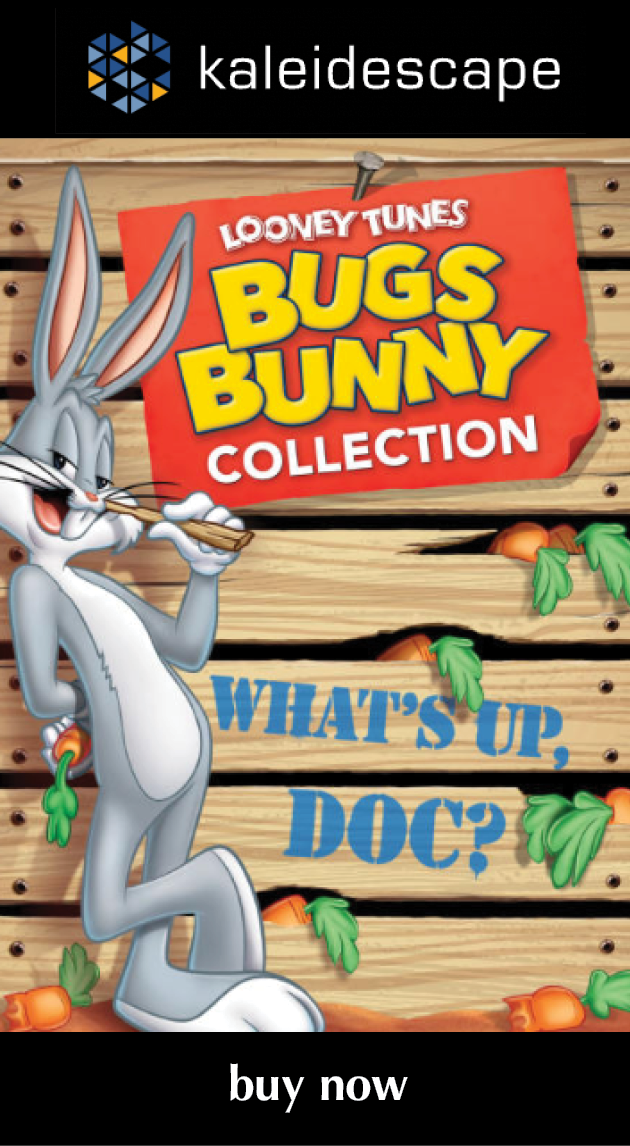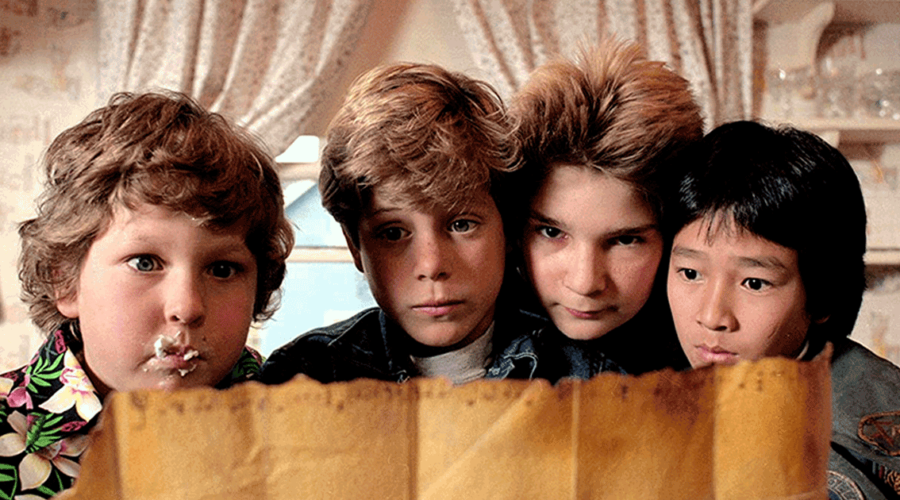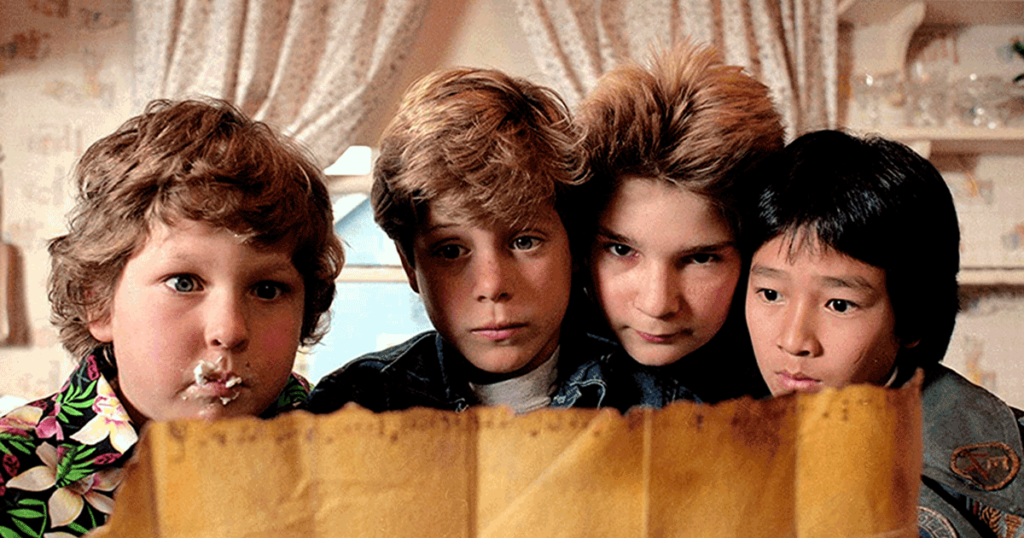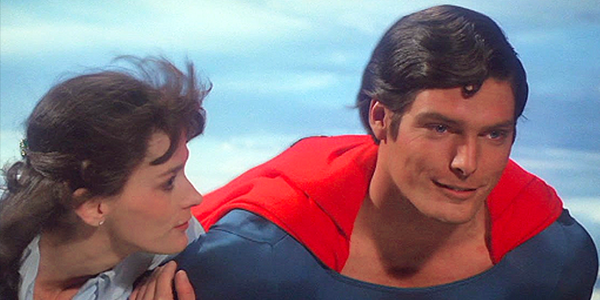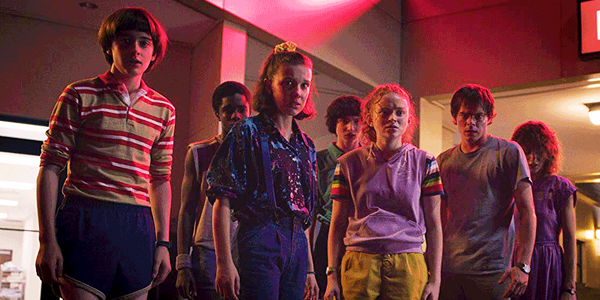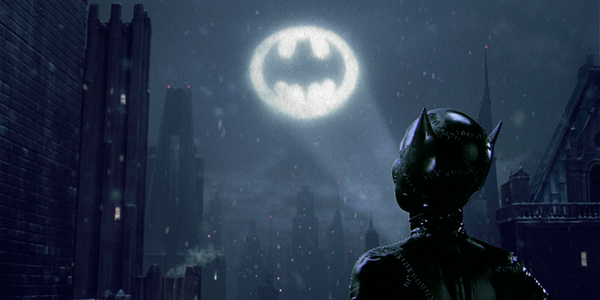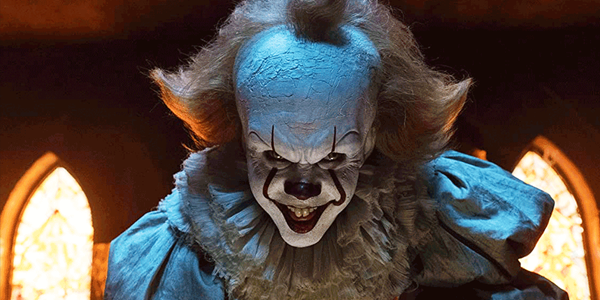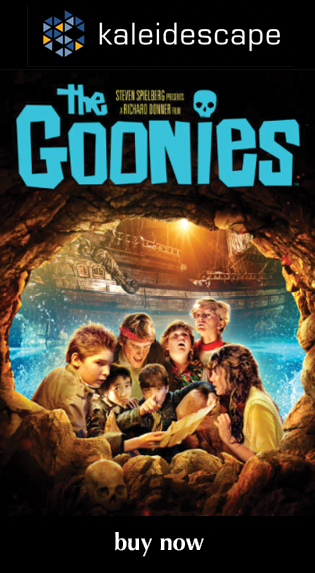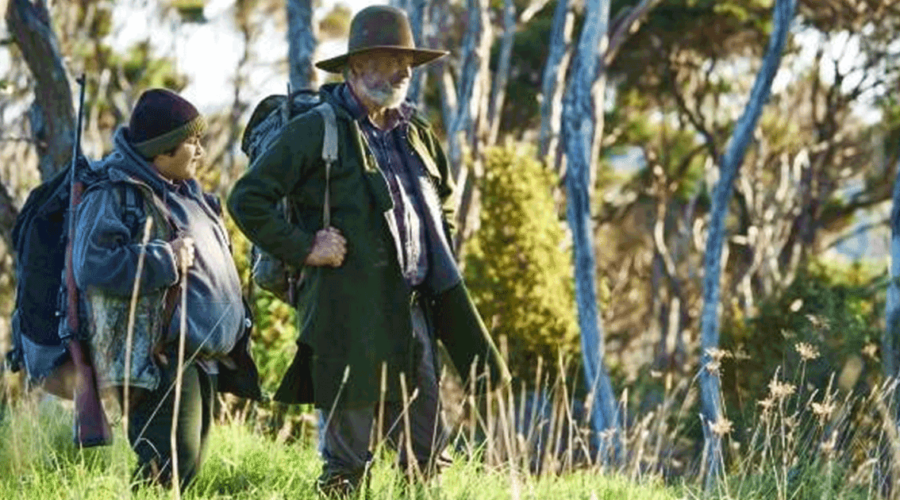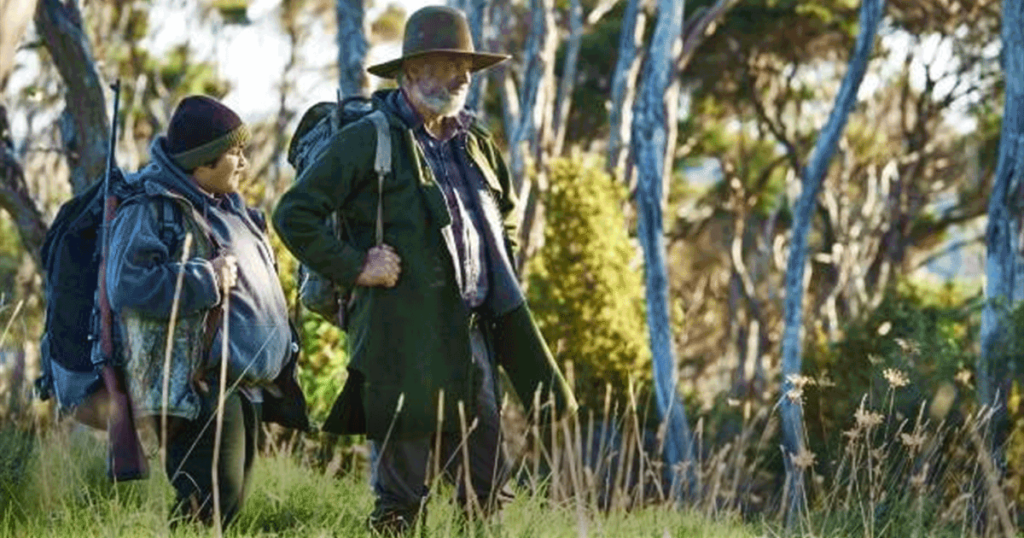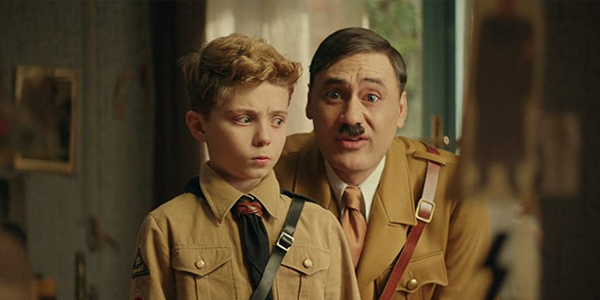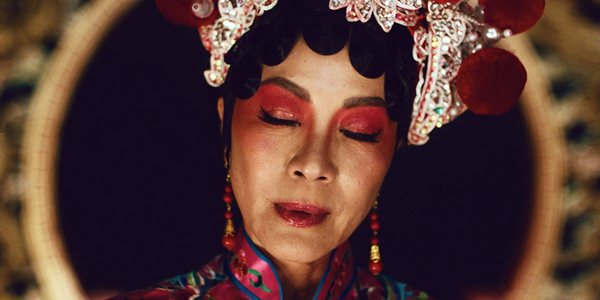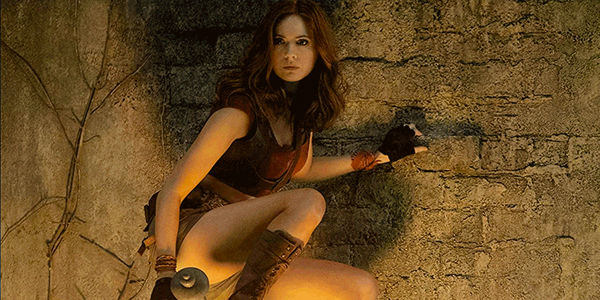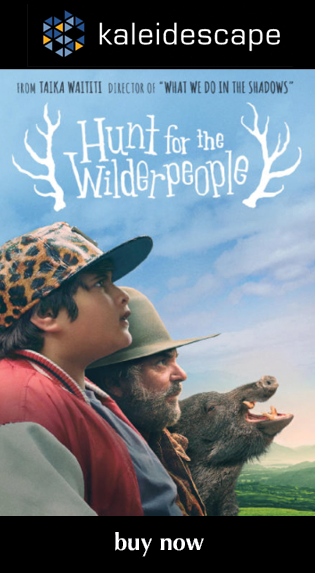Review: King Creole
ALSO ON CINELUXE
Sign up for our monthly newsletter
to stay up to date on Cineluxe
This black & white Michael Curtiz-directed Elvis Presley melodrama translates particularly well to 4K HDR
by Dennis Burger
updated August 8, 2023
So often, when we techie types attempt to explain the benefits of High Dynamic Range to the masses, we fall back on clichés like “blacker blacks!’ and “brighter highlights!” as if that were the beginning and end of the story. If anything, though, Kaleidescape’s 4K HDR release of King Creole—Elvis Presley’s fourth film and the last before he went into the Army and came out the other side as an amphetamine-addled self-parody—proves that this simple explanation is woefully inadequate when it comes to explaining the actual benefits of HDR video.
Compare the 4K HDR download of the film to the Blu-ray release (the best you’ll find on disc, since the 4K transfer is a digital exclusive), and you’ll see that the blacks are no more blacks, the whites no more vibrant. The difference HDR makes is on the journey from one end of the value scale to the other. What the 4K HDR download has that the 1080p disc doesn’t is a proper richness and nuance between those two extremes. Rather than merely cranking the overall brightness of the image to drag it out of the shadows, this transfer allows the bright spots to shine and the darkness to revel in its inkiness, while also allowing for some middle ground. The result is an image that’s wholly dimensional, with believable depth and oodles of texture that’s lost in the overly contrasty 1080p transfer.
It helps, of course, that the film was beautifully shot to begin with. Director Michael Curtiz (best known for Casablanca and White Christmas) and cinematographer Russell Harlan (who deserves more credit for the success of Robert Mulligan’s To Kill a Mockingbird) approached this musical melodrama as if they were filming Olivier instead of Elvis, and their choice of New Orleans as setting lends the film a gritty verisimilitude that’s positively captivating.
It isn’t just the HDR treatment that helps push this download into must-see territory, though. The 4K transfer also reveals fine details—the filigree in the iron terrace railings on Bourbon Street, the fine mesh of screen windows—that simply get lost in the 1080p transfer.
The visuals alone more than make up for Creole’s occasional shortcomings—the uneven performances (especially by Dolores Hart of The Virginian fame) and the often-laughable lip-syncing during Elvis’ barnburner performances. There’s also the weird sexual tension between Presley and Carolyn Jones, who slinks her way through every scene in a way that’s wholly distinct from her turn as Morticia Addams on the small screen just a few years later. When Presley’s down-on-his-luck Danny Fisher and Jones’ gangster concubine Ronnie share the frame, there’s a dangerous energy that’s unmatched by most films of the era. Watching them together, one can’t help but wonder what could’ve been—what Presley’s film career might have been like if Colonel Parker hadn’t kept the King on a leash, forcing him to take roles in fluff like Girls! Girls! Girls! and Viva Las Vegas when he returned to the spotlight a couple years later.
But go too far down that road and one also can’t help but wonder what King Creole would have been had James Dean lived to play the role of Danny Fisher, which was written for him before it was rejiggered as a musical about a New Orleans singing sensation rather than as a straight drama about a New York boxer.
We’ll never know, of course. But I do know this: King Creole has never truly thrived on home video until now, until our residential display technology finally caught up with the capabilities of good old-fashioned film stock. Indeed, the film sounds better than ever, as well. True, the DTS-HD Master Audio 5.1 remains a mostly mono affair except during Elvis’s musical numbers, when the soundstage comes to life thanks the multitrack recordings of those songs. But much like the rest of this wonderfully and captivatingly imperfect film, somehow it just works.
Dennis Burger is an avid Star Wars scholar, Tolkien fanatic, and Corvette enthusiast who somehow also manages to find time for technological passions including high-end audio, home automation, and video gaming. He lives in the armpit of Alabama with his wife Bethany and their four-legged child Bruno, a 75-pound American Staffordshire Terrier who thinks he’s a Pomeranian.
PICTURE | The images in the Kaleidescape 4K HDR download are wholly dimensional, with believable depth and oodles of texture that’s lost in the overly contrasty 1080p Blu-ray transfer.
SOUND | The DTS-HD Master Audio 5.1 mix is mostly a mono affair except during Elvis’s musical numbers, when the soundstage comes to life thanks the multitrack recordings of the songs
© 2023 Cineluxe LLC
